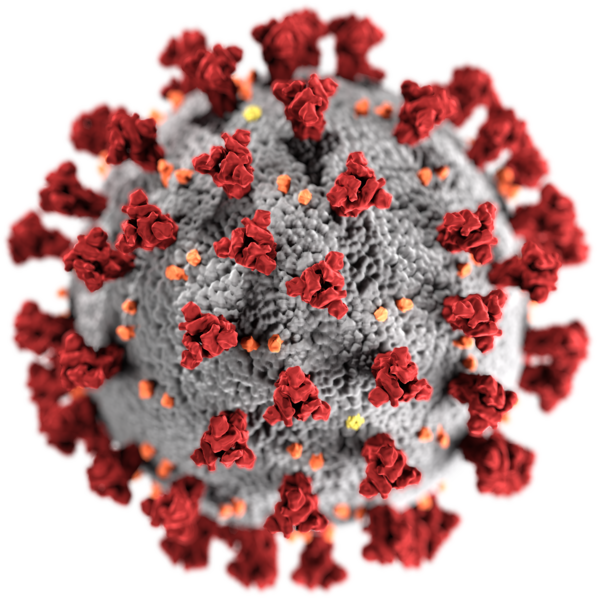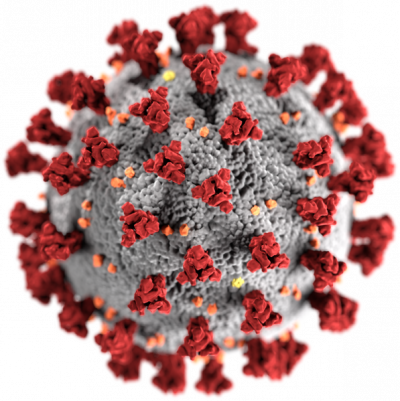After posting information about the coronavirus and protesting for days against being barred from his work, Chinese scientist Zhang Yongchen finally returned to his lab after being allowed by Chinese authorities. The scientist revealed in an online post early Wednesday that the authorities granted him "preliminary approval" to return to his laboratory with his team and continue their research.
What is the story behind this scientist, and what happened to him after he published what may be the first sequencing of the coronavirus since the pandemic began? Zhang's ordeal began when he and his team decoded the virus on January 5, 2020, and wrote an internal notification warning Chinese authorities about the possibility of its spread, though the sequencing was not publicly announced. The next day, he was surprised by an order from a top Chinese health official to temporarily close his lab, and Zhang faced pressure from Chinese authorities, according to a report by the Associated Press.
In an online statement on Monday, the Shanghai Clinical Public Health Center said Zhang's laboratory had been renovated and was closed "for safety reasons." They added that they provided Zhang's team with an alternative laboratory space. However, Zhang responded that his team was not offered an alternative until after they were notified of their eviction, and the lab offered did not meet safety standards for their research, leaving his team forgotten.
In response, the scientist organized a protest outside his laboratory since the weekend after being suddenly told that he and his team had to leave, trapping them outside, indicative of ongoing pressure on Chinese scientists conducting research on the coronavirus. News of the protest spread widely on Chinese social media, putting pressure on local authorities.
Zhang's dispute with his hosting institution is the latest in a series of setbacks and demotions since he published the viral sequence in January 2020 without state approval. Soon, foreign scientists learned that Zhang and other Chinese researchers managed to decode the virus, calling on China to publish the sequence as Zhang did on January 11, 2020, without permission from Chinese health officials.
Meanwhile, Beijing sought to control information related to the virus since its first emergence. An investigation by the Associated Press revealed that the government froze local and international efforts to track the disease from the early weeks of the outbreak. Now, laboratories are being shut down, collaboration is breaking down, foreign scientists are being forced to leave, and some Chinese researchers are being barred from leaving the country.
Sequencing the virus is vital for developing testing kits, disease control measures, and vaccines. Eventually, the virus spread to every corner of the globe, leading to a pandemic that disrupted life and trade, causing widespread lockdowns and killing millions.
Zhang has received awards abroad in recognition of his work. However, Chinese health officials isolated him from his position at the Chinese Center for Disease Control and Prevention and prevented him from collaborating with some of his former partners, hindering his research. Nonetheless, Zhang still retains support from some within the government. Despite some of his online posts being deleted, his protest has been widely covered in state-controlled media in China, indicating divisions within the Chinese government on how to handle Zhang and his team.




